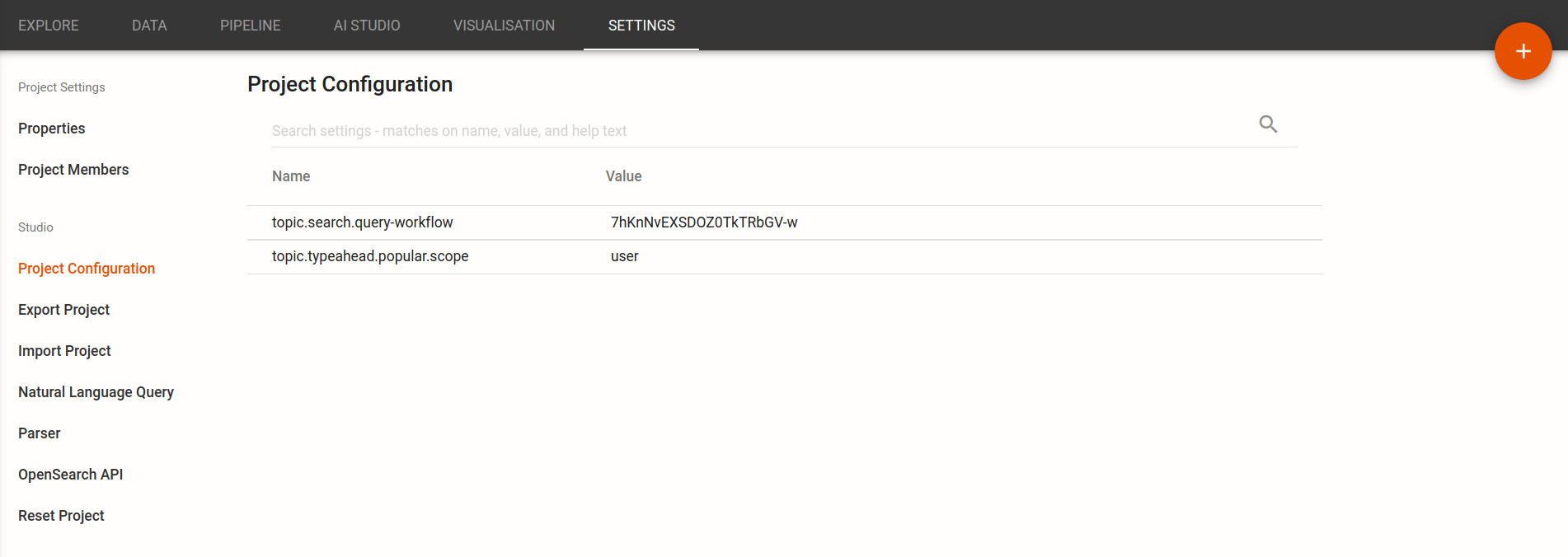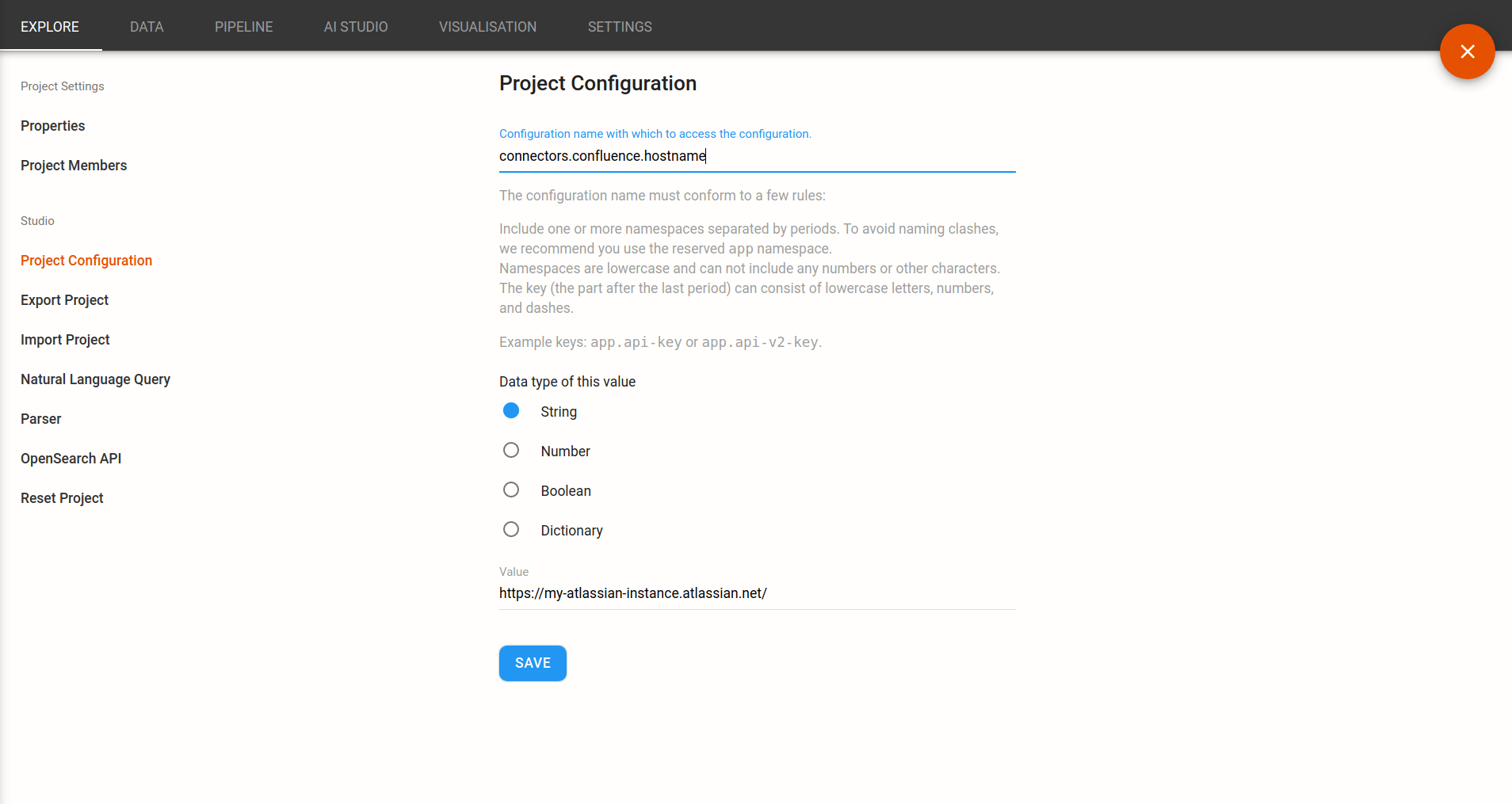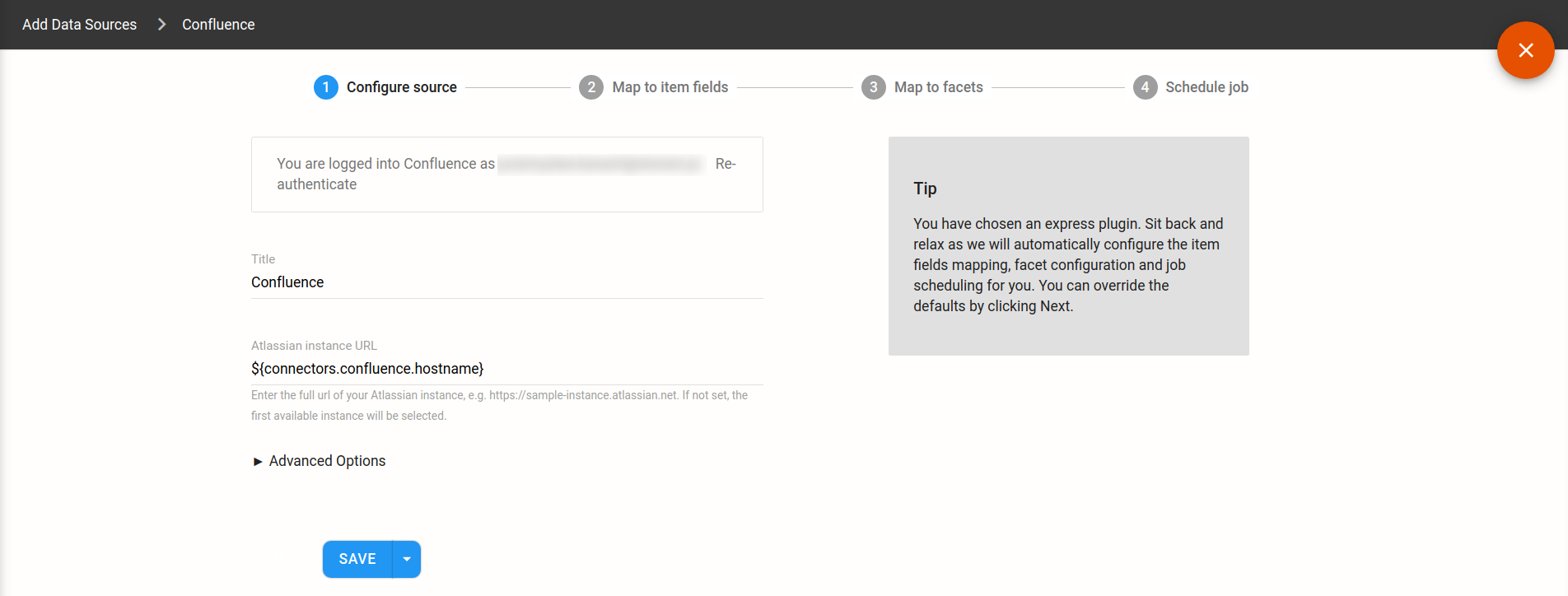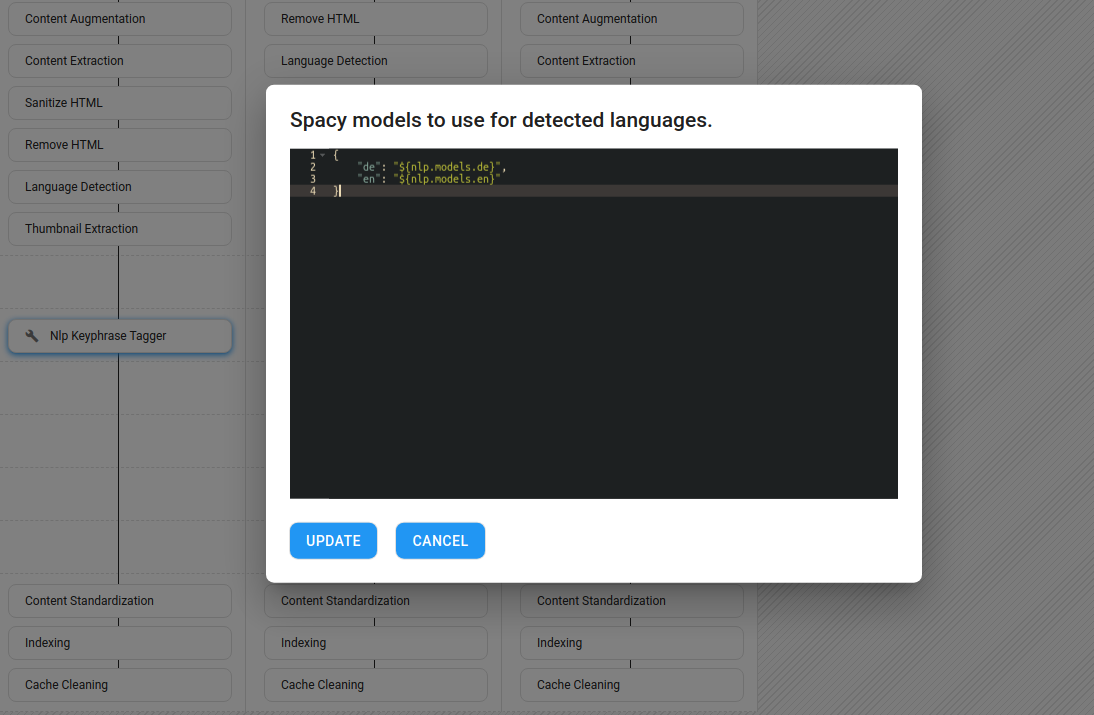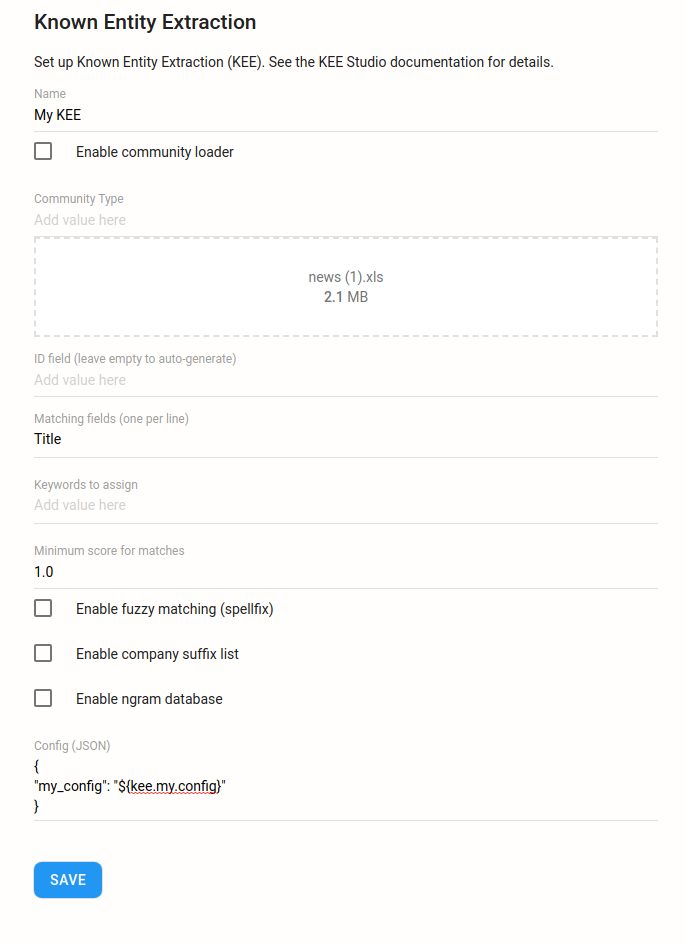Introduction
The project configuration allows specifying settings within the scope of a project. Between different environments, some of the settings will change. For example, you may need to connect to different databases in each environment. Project configuration enables you to separate these configurations from the rest of the project.
Project configuration is part of the Configuration Service as of version 3.4.4
Table of Contents
Set up
In the Setup Space go to the Settings tab and select Project Configuration under Studio.
You are presented with a list of all built-in and if set up, any custom project configuration settings.
Use the plus button (top right) to add new configuration keys.
The form is then filled in with a configuration name, which is later used to refer to this value, a data type and a value. For example:
This example provides a new configuration value https://my-atlassian-instance.net/ . The value is retrieved specifying the key connectors.confluence.hostname, for example, in a data connector to connect to the Atlassian instance.
A configuration name must follow specific rules as described below the field in the UI or in the Configuration Service — Naming Keys page.
All settings are editable. Custom settings can also be deleted. It is not possible to delete built-in settings. But you can reset them to their default value.
Usage
The project configuration is used in two ways: Either by editing build-in-settings or applying configuration interpolation.
Editing built-in settings
You can edit built-in project configurations to modify the behaviour of features implemented on the Squirro platform, e.g., how popular queries work.
Using configuration interpolation
The project configuration implements the configuration interpolation feature. It allows injecting the configured values in data loader, pipelet and KEE configurations. The syntax to access configuration values is: ${key}.
Example Data Loader
When creating a new source using a data loader plugin, inject the configuration value instead of passing a hard-coded value.
Example Pipelet
The interpolation can also be used when setting up a pipelet. Inject the configured values in the pipelet configuration:
Example Known Entity Extraction
Project configuration values can be injected when setting up the Known Entity Extraction. In this case, inject the value in the Config (JSON).
Import / Export
The project configuration is imported or exported using the Import/Export Project functionality.
